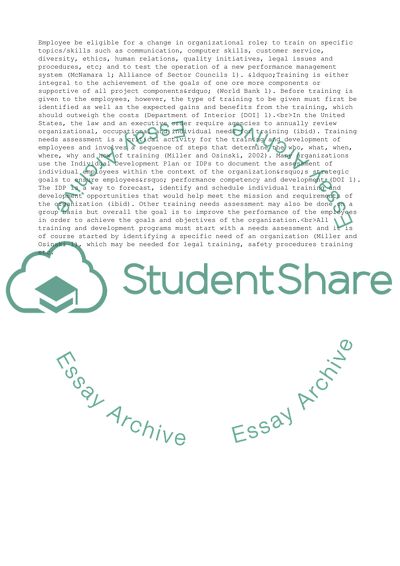Cite this document
(Training Programs and Organizational Needs Essay, n.d.)
Training Programs and Organizational Needs Essay. Retrieved from https://studentshare.org/management/1714006-hrm-questions-ii
Training Programs and Organizational Needs Essay. Retrieved from https://studentshare.org/management/1714006-hrm-questions-ii
(Training Programs and Organizational Needs Essay)
Training Programs and Organizational Needs Essay. https://studentshare.org/management/1714006-hrm-questions-ii.
Training Programs and Organizational Needs Essay. https://studentshare.org/management/1714006-hrm-questions-ii.
“Training Programs and Organizational Needs Essay”, n.d. https://studentshare.org/management/1714006-hrm-questions-ii.


